Hwangryong Fortress
Ruins of an impressive fortress, developed in the time period from the early 5th century AD to 1675. Walls are 10 – 11 m high, 6 – 8 m wide and have a circumference of 6.6 km. Most of the walls are built on the mountain ridges.
Chongbang Fortress (Jŏngbang)
Ruins of an enormous mountain fortress that was built to protect Pyongyang some millenia ago. Reconstructed in 1632. 12 km long walls that are 6 – 10 m high. Includes Songbulsa temple.
Samnyeon sanseong
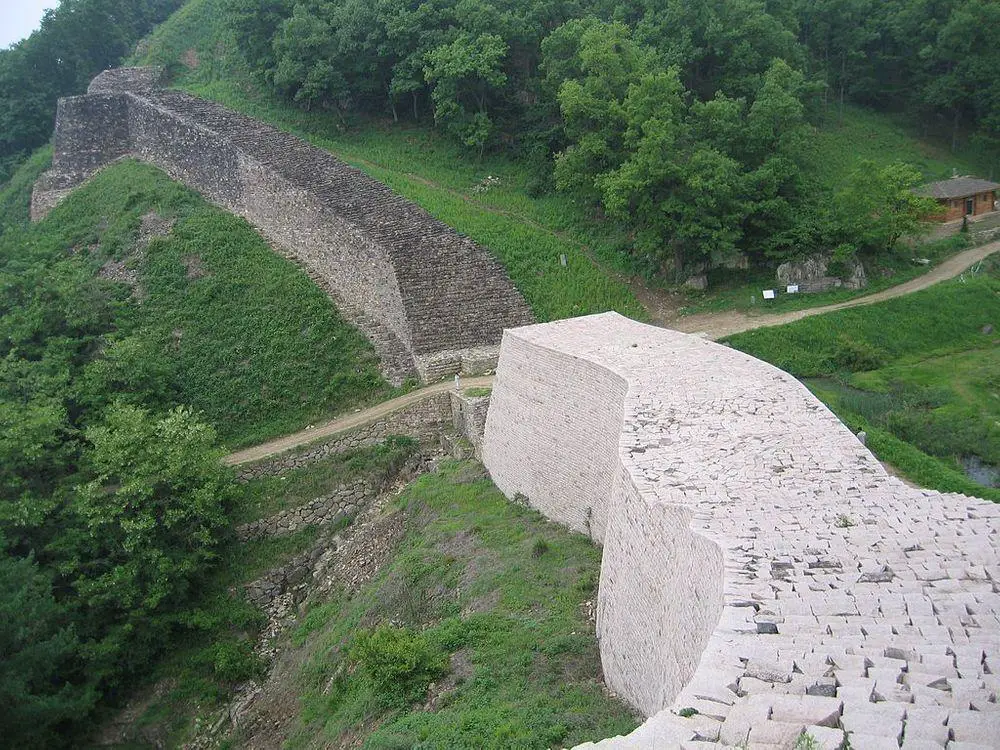
Ruins of an enormous mountain fortress that was constructed in 470 – 473 AD. The measured length of walls is 1,680 – 1880 m and they were 13 – 20 m tall.
Namhansanseong
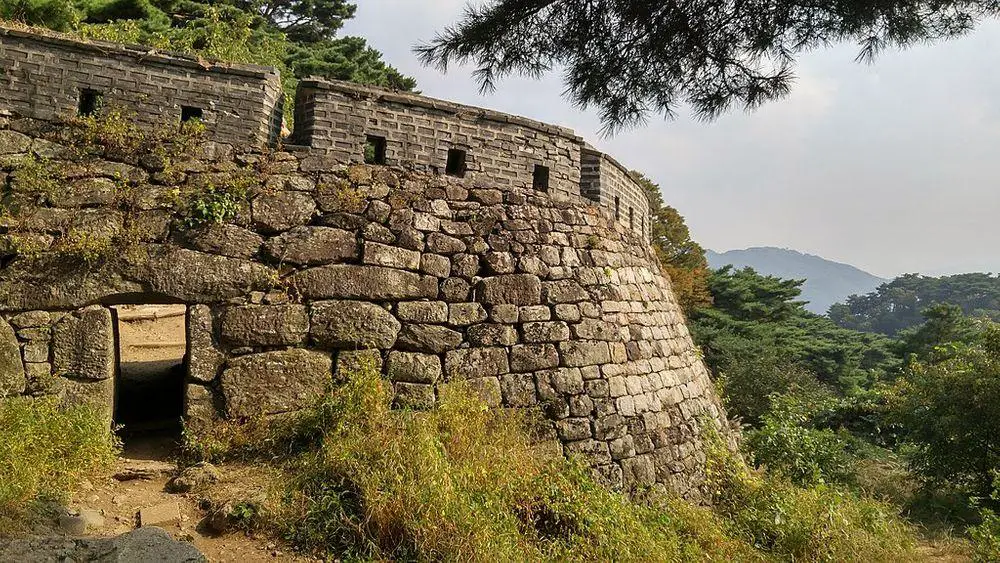
Well preserved, impressive mountain fortress that now is adorned with parks and temples. The first known fortress was built here in 672 AD. Current structures have been constructed mainly in the 17th – 18th century. Since 1954 here is a park with fine views of Seoul.
Hwaseong Fortress
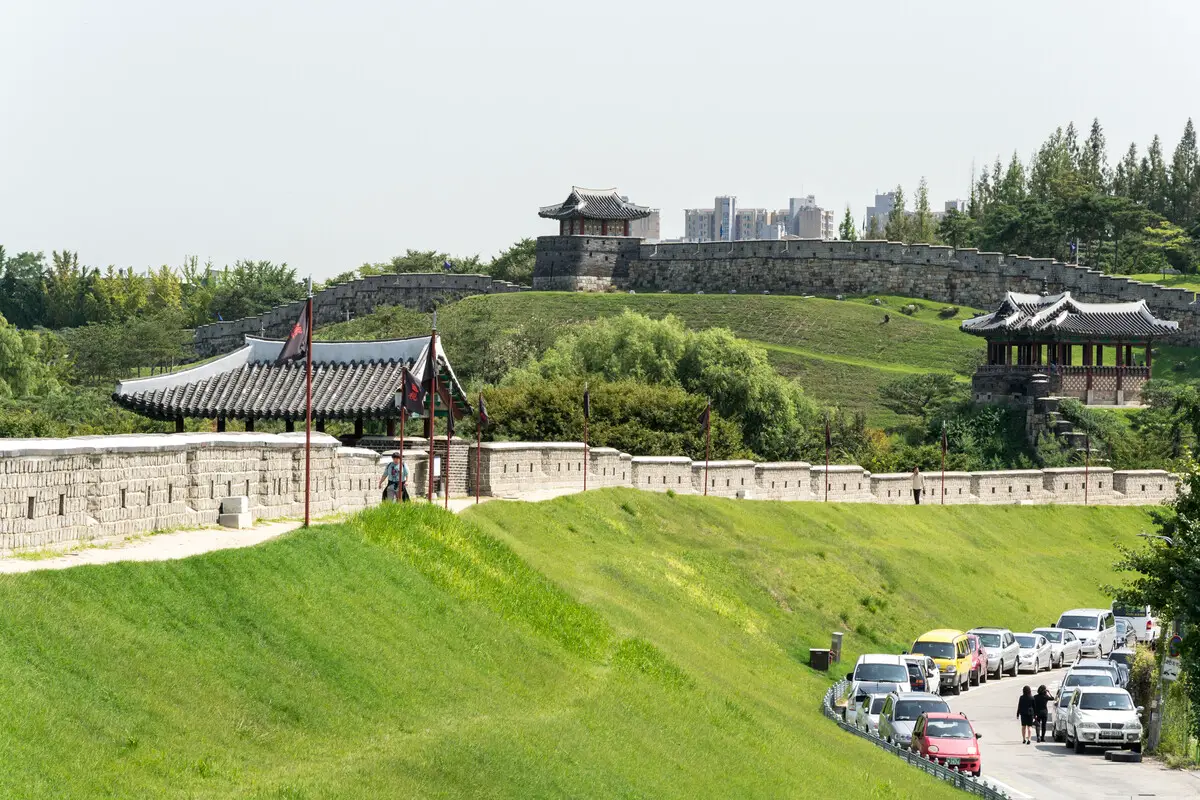
The only preserved city walls in South Korea, built around the historical center of Suwon City in 1794 – 1796. Wall is 5.74 km long and 4 – 6 m tall.
Geumjeongsanseong
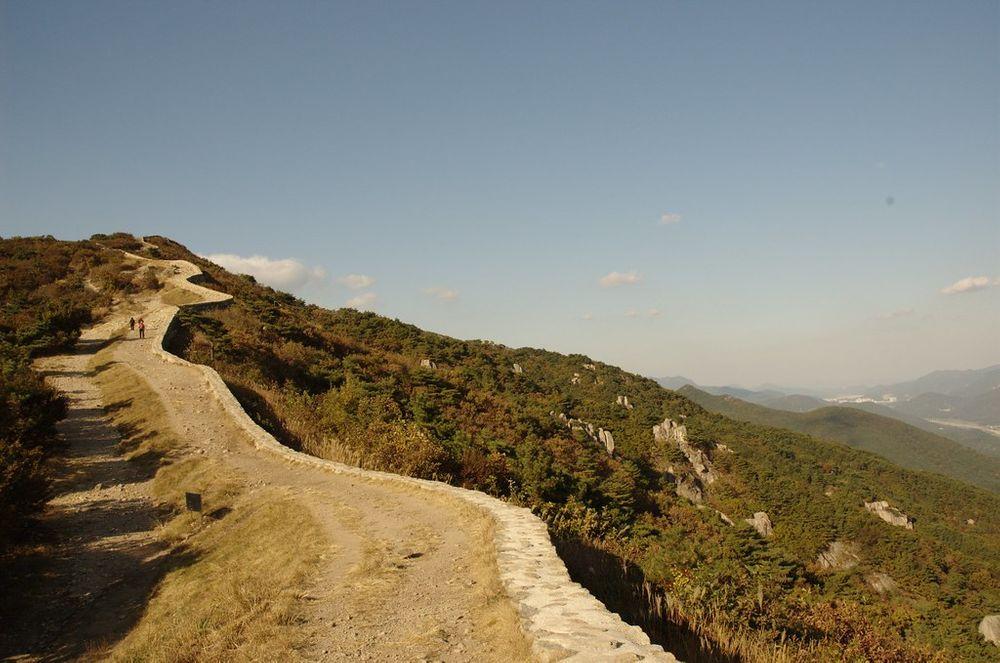
Largest mountain fortress in South Korea. Fortress was built in 1703 and its walls were some 17 km long, 1.5 – 3 m tall.
Dongnae eupseong
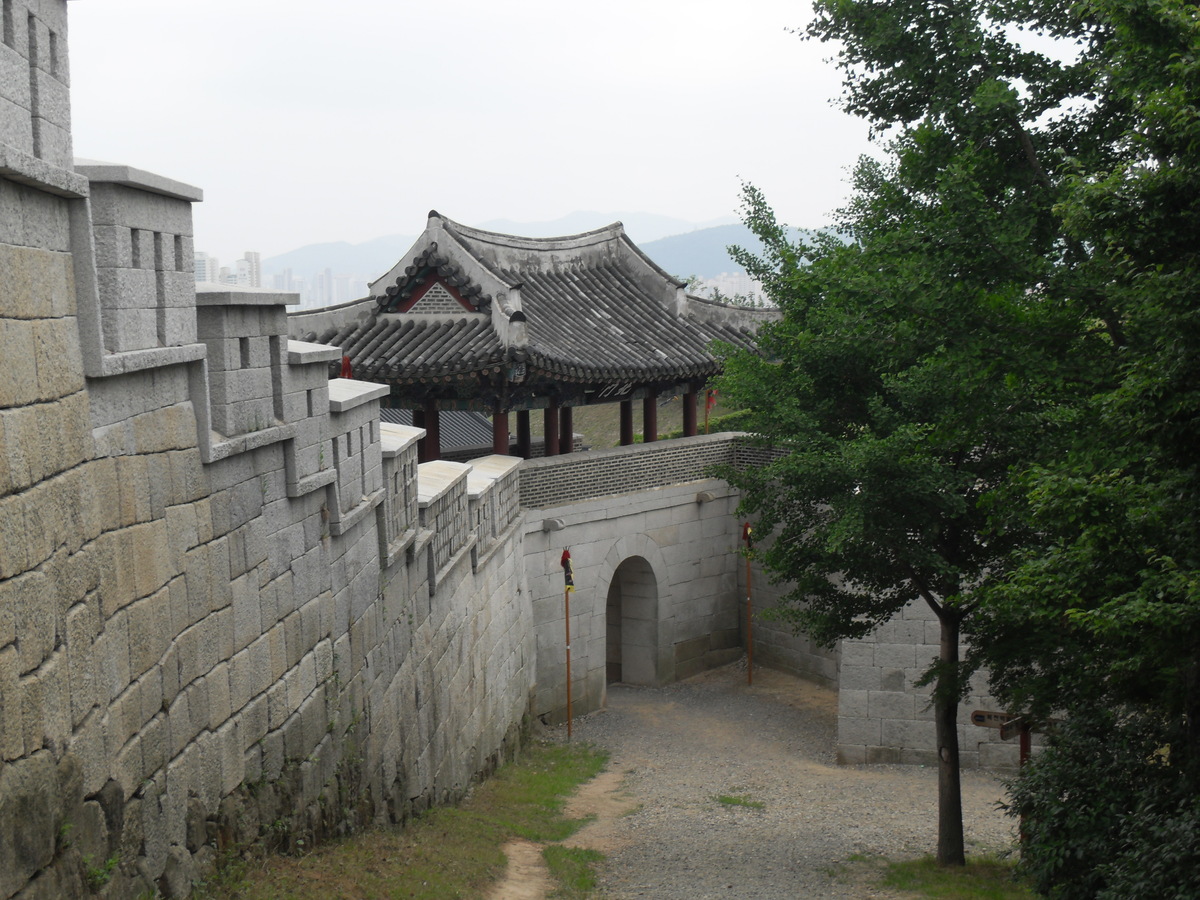
Ancient fortress of Busan city, first mentioned in 1021 AD. Fortress was extended in 1713 – then the length of walls reached 5,240 m.
Naganeupseong
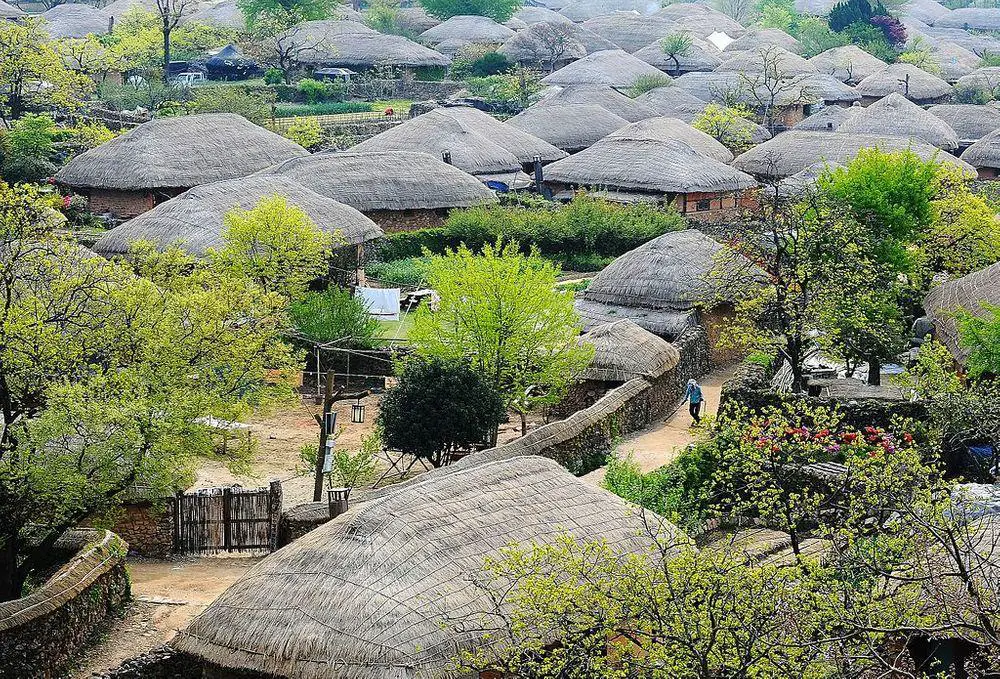
Late medieval village and castle. This village is a planned settlement that was built for administrative purposes and has a well-kept architecture and traditions. 231 traditional houses have been preserved. The village is surrounded by walls.
Fort of São Tiago
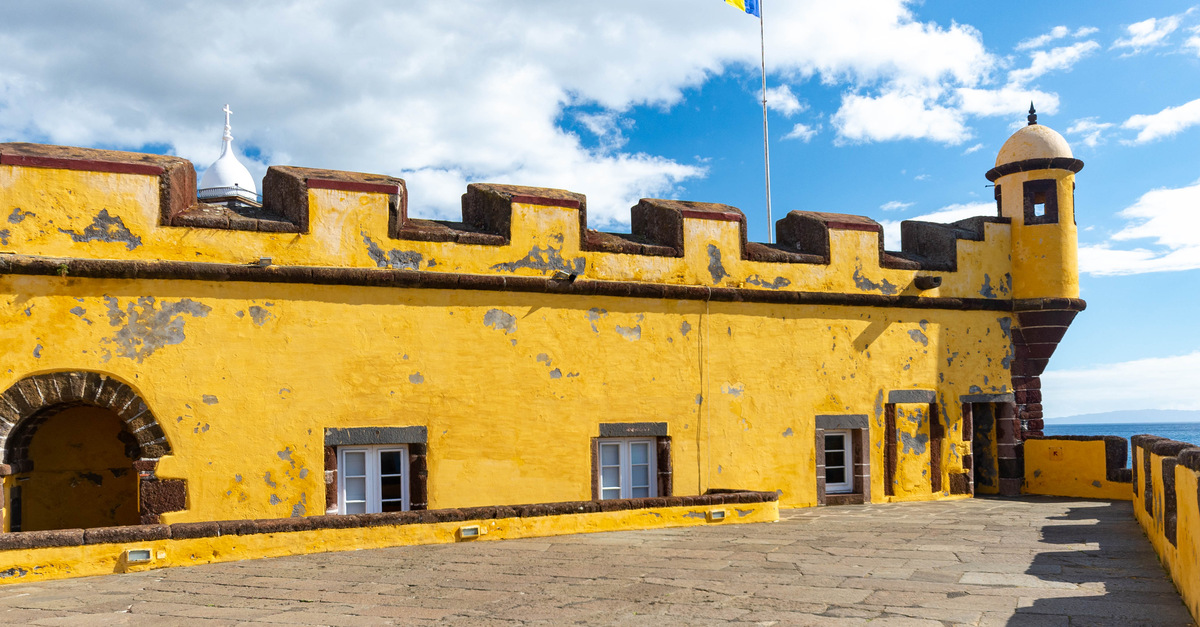
This fort was built at the seaside in the 16th – 17th century and is preserved in a very good state.
Fort of Pico (Fortaleza de São João Baptista do Pico)
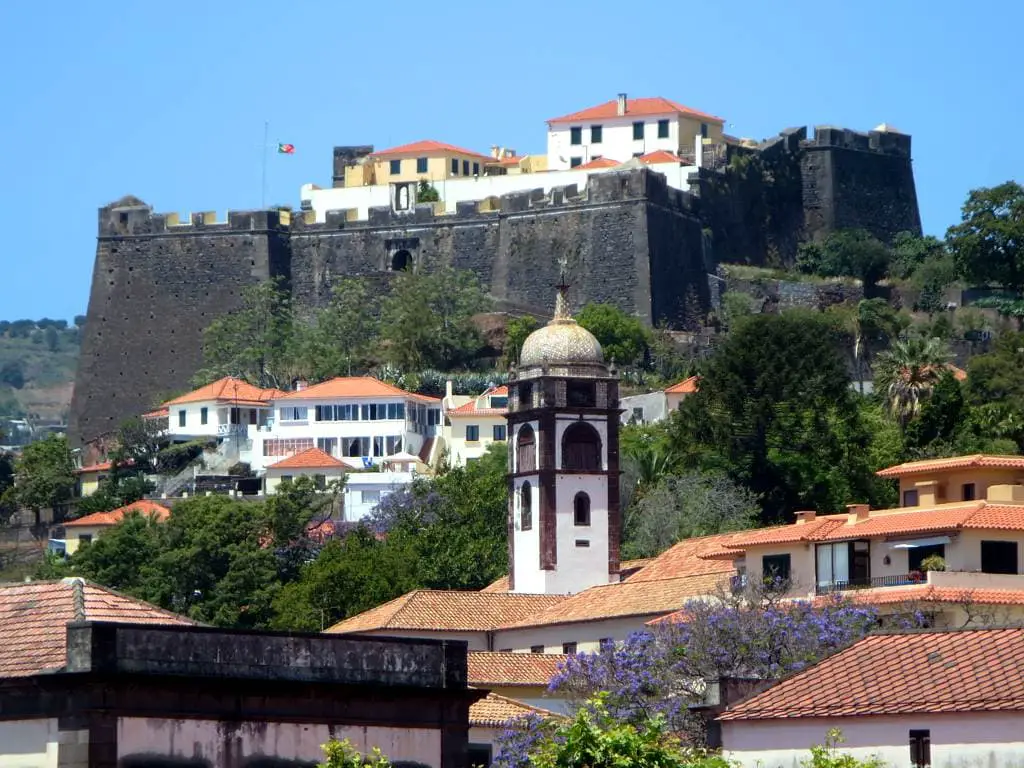
One of the most impressive fortresses on the island, built to protect Madeira from pirates. Construction was started around 1601 and lasted until 1640. Impressive is the enormous water tank cut in the cliff.
